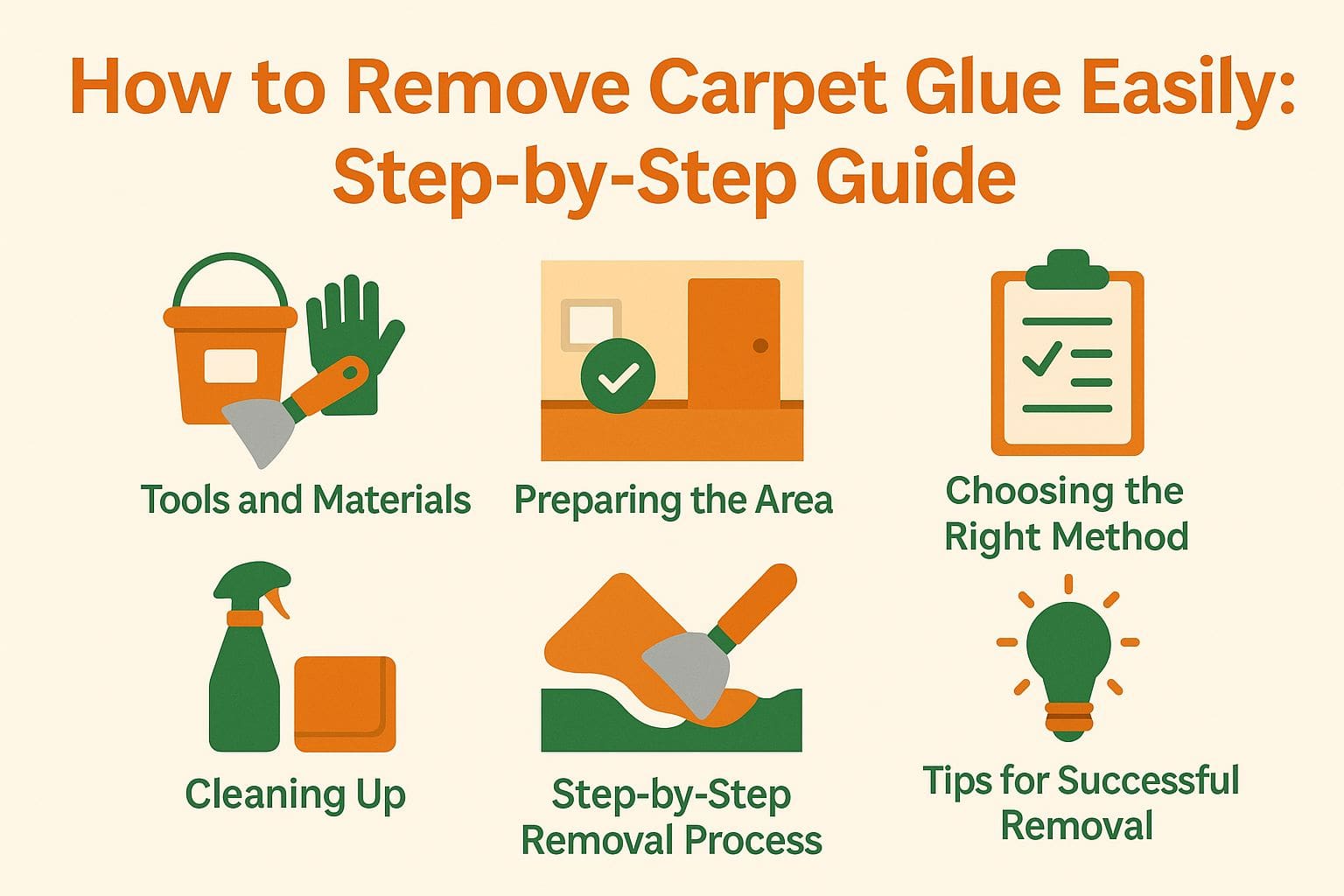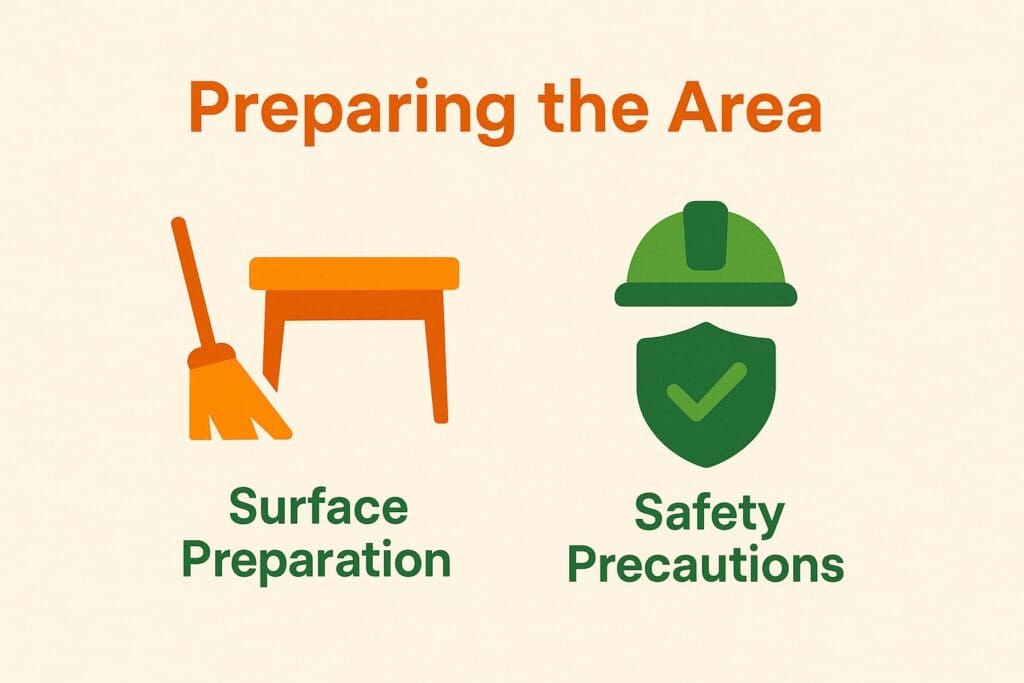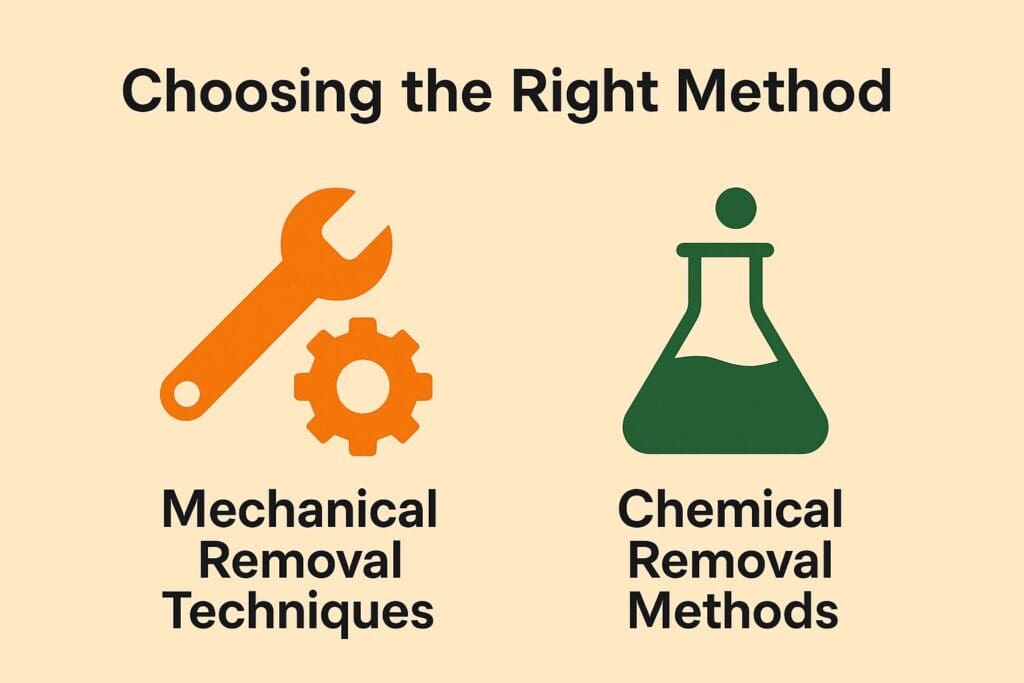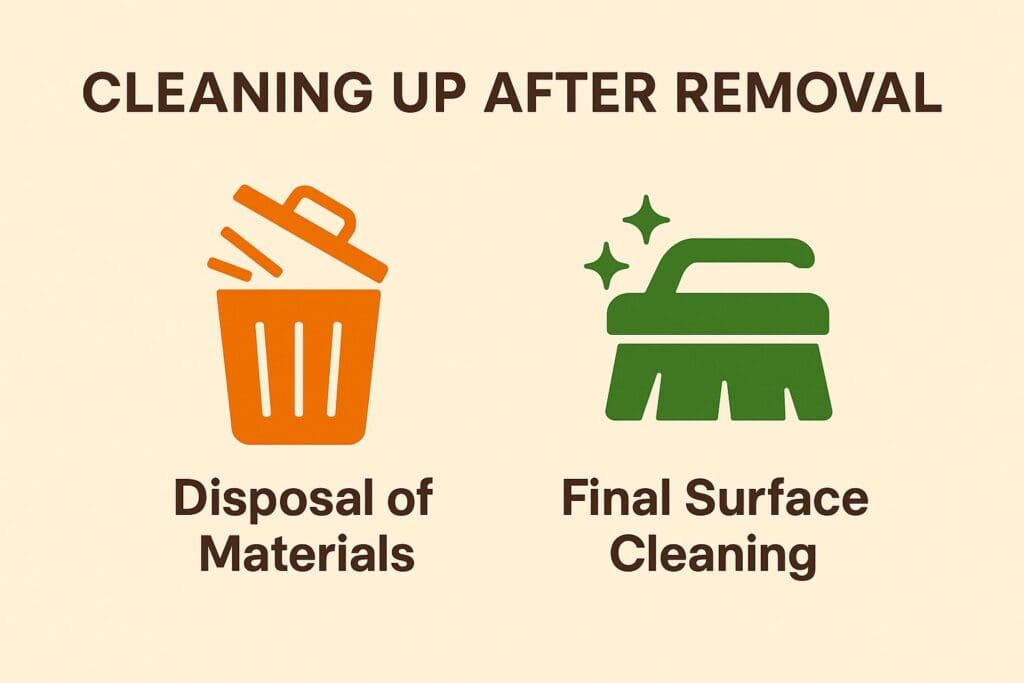
How to Remove Carpet Glue Easily: Step-by-Step Guide
Stuck with stubborn carpet glue? You’re not alone, and tackling it doesn’t have to be a nightmare. Getting rid of this sticky residue is important for a clean start, whether you’re improving your flooring or working on a DIY project. In this guide, you’ll find the important tools you should have, the best ways to remove carpet glue, and an easy, step-by-step process to help you get the job done smoothly. Ready to reclaim your space? Let’s dive in!
How to Remove Carpet Glue Easily: Step-by-Step Guide
Getting rid of carpet glue might seem challenging, but with the correct methods and tools, you can finish the task quickly without harming your floors.
Tools and Materials Needed for Easy Removal
Having the right tools and materials can make removing carpet glue much easier and faster. For those interested in tackling various other home improvement tasks, exploring some DIY home improvement projects can provide practical insights and techniques.

Essential Flooring Tools
Key flooring tools for removing carpet glue include a paint scraper ($15), putty knife ($10), and a floor scrubber ($50).
The paint scraper is effective for scraping up small patches of glue on hardwood floors, while the putty knife works well for larger, stubborn sections, addressing various adhesive challenges.
For extensive cleaning, the floor scrubber can help, especially if outfitted with a glue-removing solution.
Depending on your floor type, combine these tools:
- on hardwood, prioritize the scraper;
- Use the putty knife and scrubber to remove everything from the tile.
Always wear protective gear such as gloves and a mask to protect against dust and chemicals during the process.

Recommended Chemicals and Solvents
To remove glue effectively, try products like Goo Gone ($10) or use natural options like vinegar and baking soda.
Other effective options include 3M Adhesive Remover ($15), which works on tougher adhesives, and rubbing alcohol ($5), suitable for lighter glue residues.
To apply, use a cloth to saturate the area, let it sit for a few minutes, and then scrape gently with a plastic scraper.
For an eco-friendly approach, mix equal parts of vinegar and water for a safe yet effective remover. Try it on a small spot first to check it won’t harm the surface.
Preparing the Area
Getting the area ready helps make the removal process easier and keeps you safe while protecting your floors, ensuring thorough cleaning. If you’re interested in understanding costs related to home improvements, it’s helpful to calculate the flooring costs, which can impact planning for renovations.

Surface Preparation and Clearing the Space
- Start by removing all furniture and items from the space, allowing for easy access to the flooring; consider storing heavy items in a different room.
- Next, protect your surroundings by covering vents and any exposed surfaces with drop cloths to prevent dust damage.
- If you’re using paint or glue, make sure there is good ventilation; open windows and turn on fans to keep the air moving.
- Once the area is clear, assess the flooring for any loose boards or damages. Take time to patch these issues before proceeding with refinishing or deep cleaning, ensuring a smooth and lasting result for your space.
Safety Precautions
Put on gloves ($10) and a mask ($15) when handling chemicals, and make sure your work area is well-ventilated.
Along with gloves and masks, consider safety goggles ($5) to protect your eyes from splashes or fumes.
Always work in a well-ventilated area by opening windows or using exhaust fans to minimize inhalation of harmful vapors.
For added precaution, have a first aid kit on hand, containing items like antiseptic wipes and burn ointment.
Keep a fire extinguisher (around $30) nearby in case of emergencies, especially when handling flammable substances.
Following these steps makes the workplace safer.
Choosing the Right Method
Choosing the right method for glue removal is important to get the best results and avoid damaging the floor underneath.

Mechanical Removal Techniques
Mechanical removal involves using tools like scrapers or a heat gun to physically dislodge the glue, which can be effective for stubborn residues.
To begin, carefully assess the surface type, as this affects the tool choice.
For soft materials, a plastic scraper is safer to avoid damage, while tougher surfaces can handle a metal scraper. Using a heat gun on a low setting can soften the glue, which helps with scraping it off.
For best results, apply heat for short bursts and test a small area first. This method is most beneficial when you’re dealing with old adhesive on wood or metal, ensuring the integrity of the base material is maintained.
Chemical Removal Methods
Chemical removal uses sticky solvent solutions to dissolve carpet glue, helping to clean leftover adhesive from your floors.
Common types of solvents include acetone, isopropyl alcohol, and adhesive removers.
For example, acetone effectively breaks down super glue, while rubbing alcohol works well on lighter adhesives.
To apply, saturate a cloth with the solvent and gently rub the affected area, allowing the solution to sit for a few minutes for deeper penetration. Always wear gloves and work in a well-ventilated space to minimize health risks.
To stay safe, try out solvents on a small hidden spot first to make sure they work well with your floor.
Step-by-Step Removal Process for Carpet Adhesive
By following a clear step-by-step guide, you can remove carpet glue thoroughly without any residue left behind.

Using a Scraper
Begin the removal process by using a scraper at a 45-degree angle to gently lift the glue while avoiding damage to the flooring beneath.
Start by applying steady, even pressure on the scraper to avoid gouging the surface. Work in small sections, moving the scraper in a back-and-forth motion to gradually dislodge the glue.
If the glue is particularly stubborn, consider heating it with a hairdryer to soften it before scraping. Using mineral spirits on a cloth can help dissolve any remaining adhesive residue.
Make sure your workspace has good airflow, and wear gloves to keep your hands safe while you work.
Applying Chemicals and Solvents
When applying chemical adhesive removers, follow the manufacturer’s instructions carefully for best results and safety.
Begin by getting the space ready: make sure there is good airflow and put on gloves.
For timing, carefully read the product’s instructions to see how long the adhesive remover should sit-typically between 5 to 15 minutes.
Use a scrub brush or a plastic scraper to gently work the remover into the adhesive. Once the glue begins to dissolve, remove it with a clean cloth.
Clean the surface with soap and water to remove any remaining particles and make sure it is ready for later use.
Cleaning Up After Removal
Clean carefully after taking off carpet glue so the space is neat and safe for installing new floors, keeping in mind any later flooring choices.

Disposal of Materials
Dispose of any chemical waste and removed carpet glue according to local regulations to avoid environmental harm.
To properly dispose of hazardous materials, first look up your local waste management rules, as many places have designated pickup days for these items.
For eco-friendly options, consider using products like waste management services that specialize in chemical waste, such as Eco-Box or Waste Management’s household hazardous waste services.
Look into recycling facilities that accept carpet fibers; some even offer take-back programs for sustainable disposal.
Remember to label any containers clearly and store them securely until disposal to prevent accidental leaks or spills.
Final Surface Cleaning
After removing the glue, use a mixture of warm water and vinegar to clean the surface thoroughly before installing new flooring.
To improve how you clean, think about what kind of floors you have.
- For hardwood, use a solution of dish soap and water, mopping gently to avoid damage.
- For tile or vinyl, combining baking soda with water can help get rid of stubborn stains.
Make sure to dry the surface fully with a microfiber cloth to stop moisture damage. Any remaining grease can be tackled with a commercial degreaser, applied with a soft scrub pad. This way, you maintain the integrity of your new flooring installation.
Tips for Successful Carpet Removal
Following some main tips can greatly improve your effectiveness in getting carpet glue off your floors.
Start by gathering the right tools: a putty knife for scraping, adhesive remover (like Goo Gone or a vinegar-water mix), and heavy-duty gloves.
Before you begin, test a small area to determine the best method. Work in sections, applying the adhesive remover and letting it sit for about 10-15 minutes to loosen the glue.
Scrape gently to avoid damaging the floor beneath. Be patient and avoid rushing; spending extra time on each section will yield cleaner results and save effort down the line.
Leave a Reply